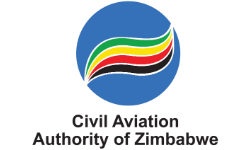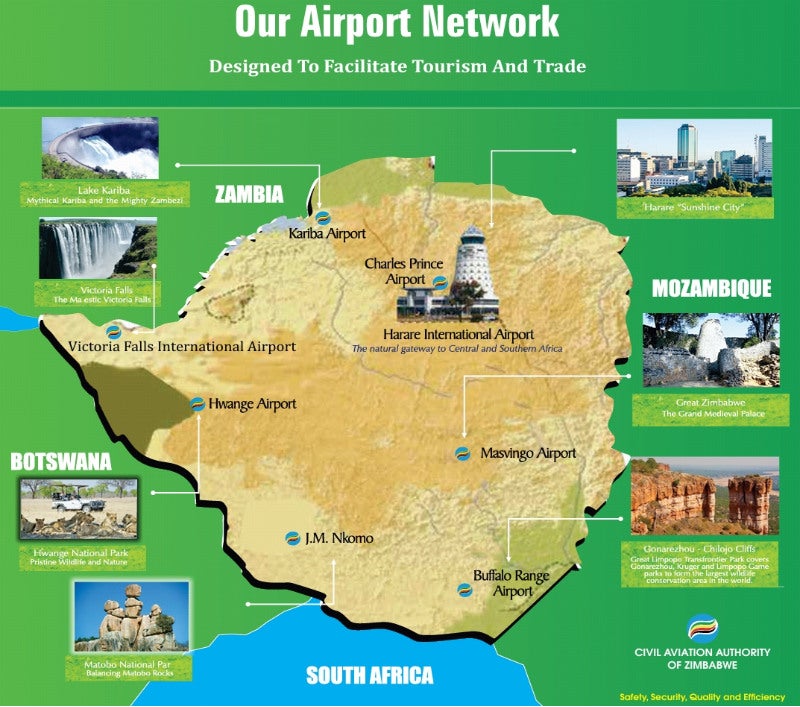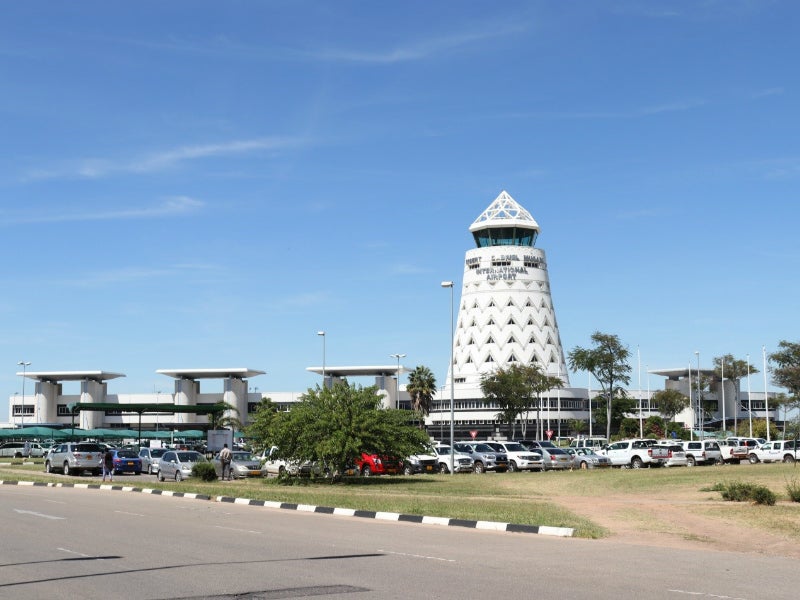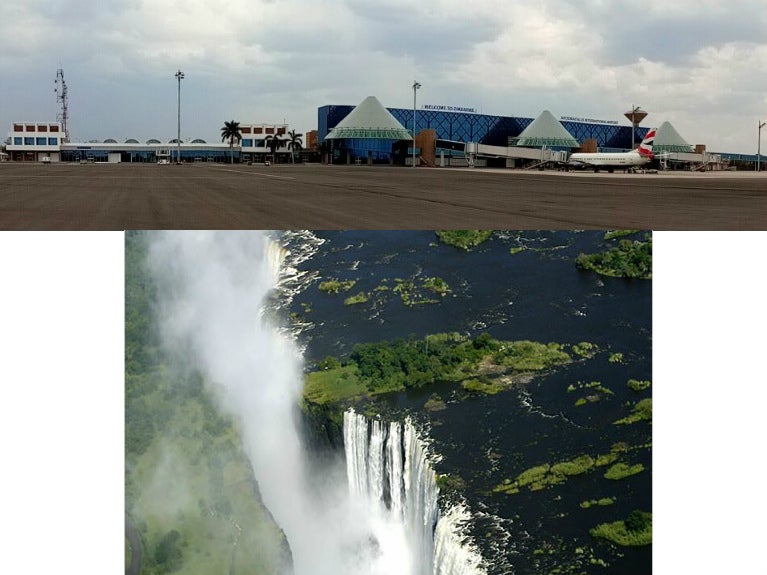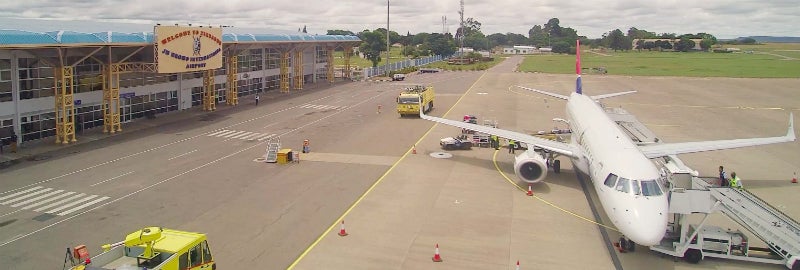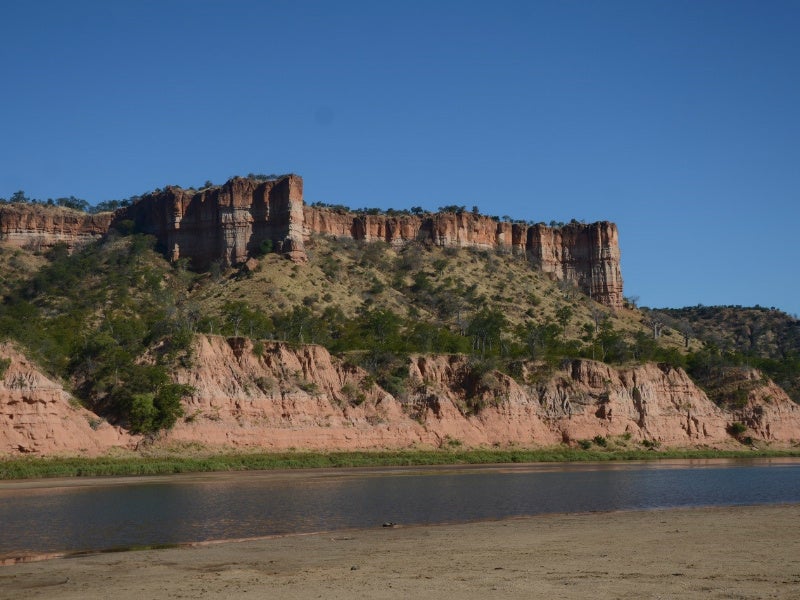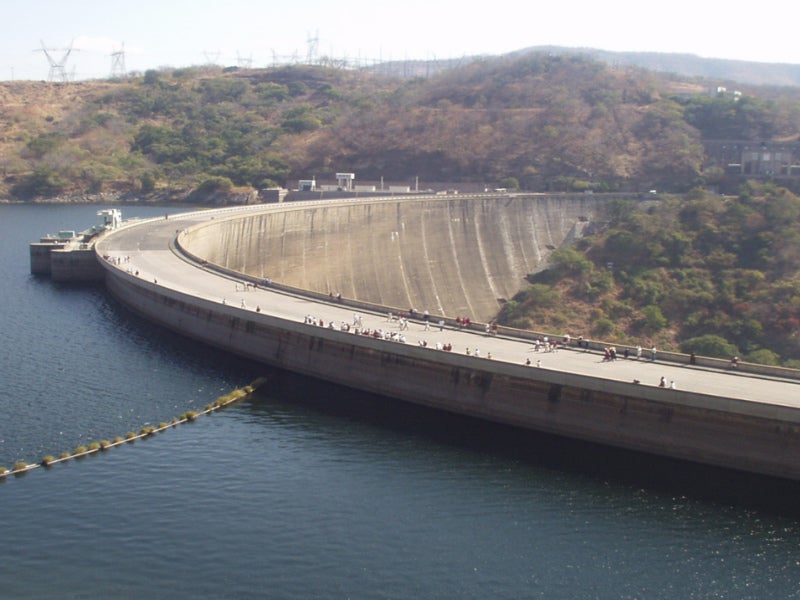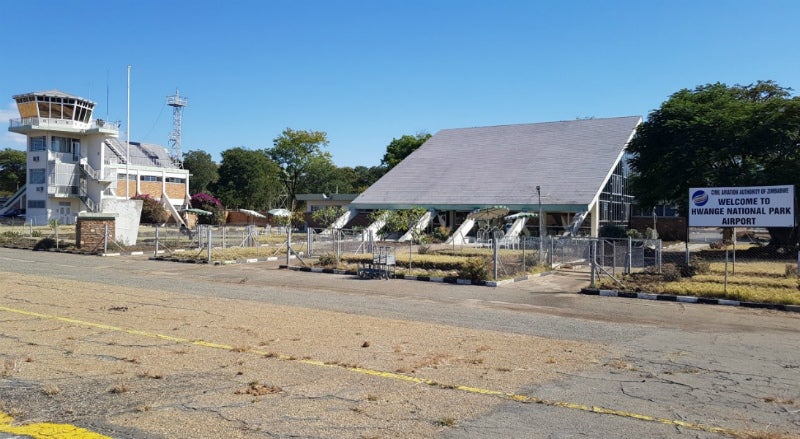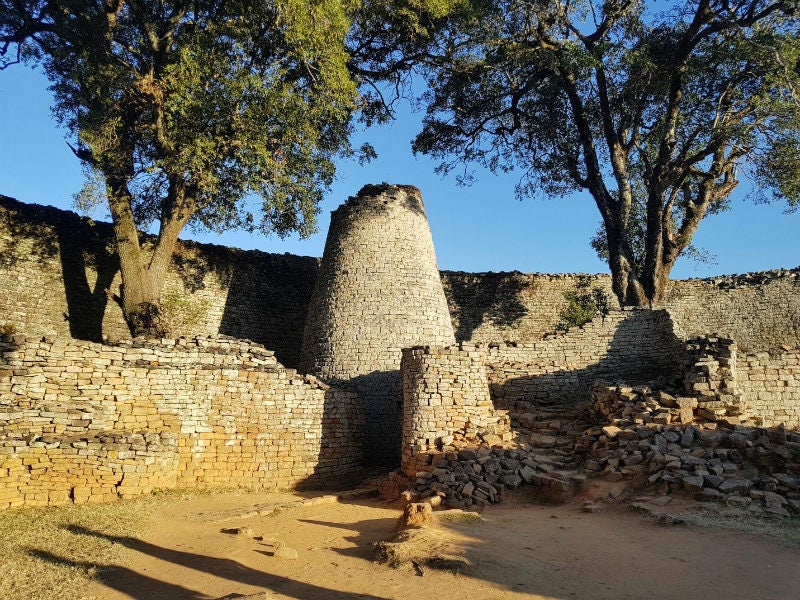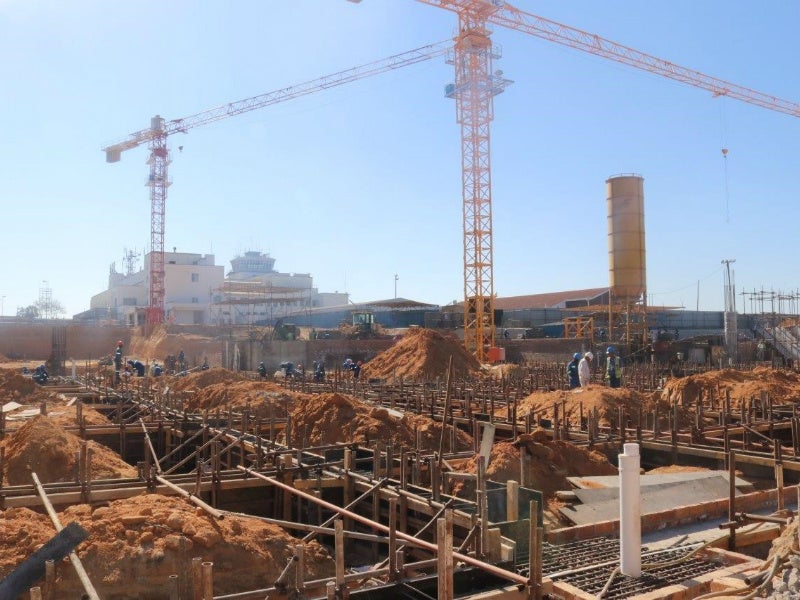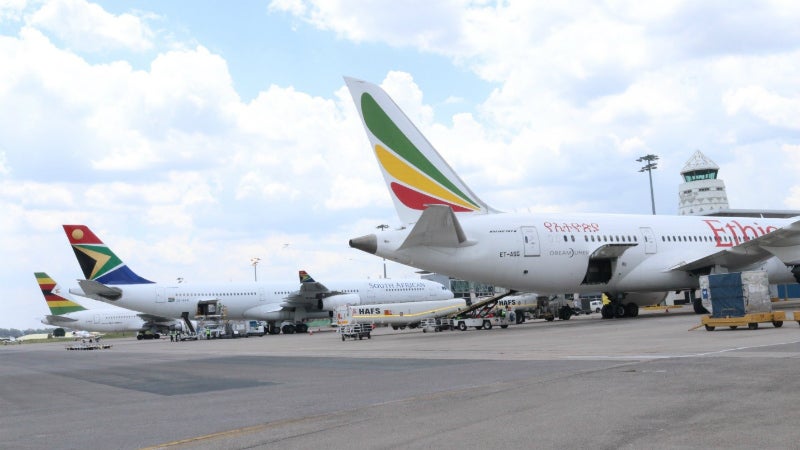
The Civil Aviation Authority of Zimbabwe (CAAZ) is mandated to support safe, regular and efficient use and development of aviation services around Zimbabwe, as well as advise the government about domestic and international aviation applications.
Zimbabwe offers world-class tourism and opportunities for investment in the manufacturing, agriculture and mining industries. Its tourism development is based on four main principles, namely access, accommodation, activities and attractions.
International airports in Zimbabwe
CAAZ manages and develops eight airports in Zimbabwe, offering direct and fast access to the country’s tourist resort areas.
R G Mugabe International Airport is an international gateway into the capital city of Harare, the hub of commercial activity in the country. It offers transfers into central and southern Africa due to its location in the region. The airport is undergoing upgrade and rehabilitation work.
Victoria Falls International Airport is located 21km south of the World Heritage Site of Victoria Falls, known as Mosi-oa-Tunya. The site is a wildlife-rich tourism destination that offers conferencing and leisure facilities with a range of activities.
Located central to the southern African region, Victoria Falls International Airport is a regional tourism hub with connections to Zambia, South Africa, Botswana, Angola, Democratic Republic of the Congo, Malawi, Mozambique and Namibia within two hours.
Tourism and industry airport connections in Zimbabwe
Joshua Mqabuko Nkomo International Airport is a gateway to Bulawayo, the second largest city in Zimbabwe. It is the national industrial hub and features heritage and safari tourist attractions such as the Matobo Hills in the Matobo National Park, as well as the Khami monuments.
Buffalo Range Airport is situated near the Great Limpopo Trans Frontier Park, which is a conservation area that combines Zimbabwe’s Gonarezhou, Mozambique’s Great Limpopo and South Africa’s Kruger national parks to form one of the world’s largest wildlife reserves.
Kariba Airport offers a transport link to the Kariba Dam, which is one of the largest man-made dams in the world. The Kariba Dam resort is a major tourist attraction that provides a significant portion of the country’s electricity requirements. It is also a venue for international tiger fishing contests.
Another airport under CAAZ’s management is Hwange Airport. It is located near the Hwange National Park, which is the largest in Zimbabwe.
International and regional air travel links in Zimbabwe
Masvingo Airport offers access to the renowned Great Medieval Palace and the Great Zimbabwe Monument. The stone architecture at the Great Zimbabwe Monument is a World Heritage Site and a popular destination for archaeology enthusiasts and tourists.
Charles Price Airport is the hub of general aviation in Zimbabwe. It accommodates flight training organisations, charter operators and aircraft maintenance organisations.
Business and route development at Zimbabwe airports
CAAZ is continuously improving its infrastructure, as seen with the completed upgrade at Victoria Falls International Airport in November 2016, as well as renovations currently underway at R G Mugabe International Airport.
In order to enhance aviation activities in Zimbabwe, CAAZ acknowledges the high demand of its services and offers full participation in destination marketing programmes to enhance passenger traffic.
CAAZ partakes in route development initiatives to encourage airlines to choose the authority’s airports and increase traffic. Prospective routes require the authority to advise the government on the initiation of bilateral air service agreements with the relevant airline’s country of origin.

